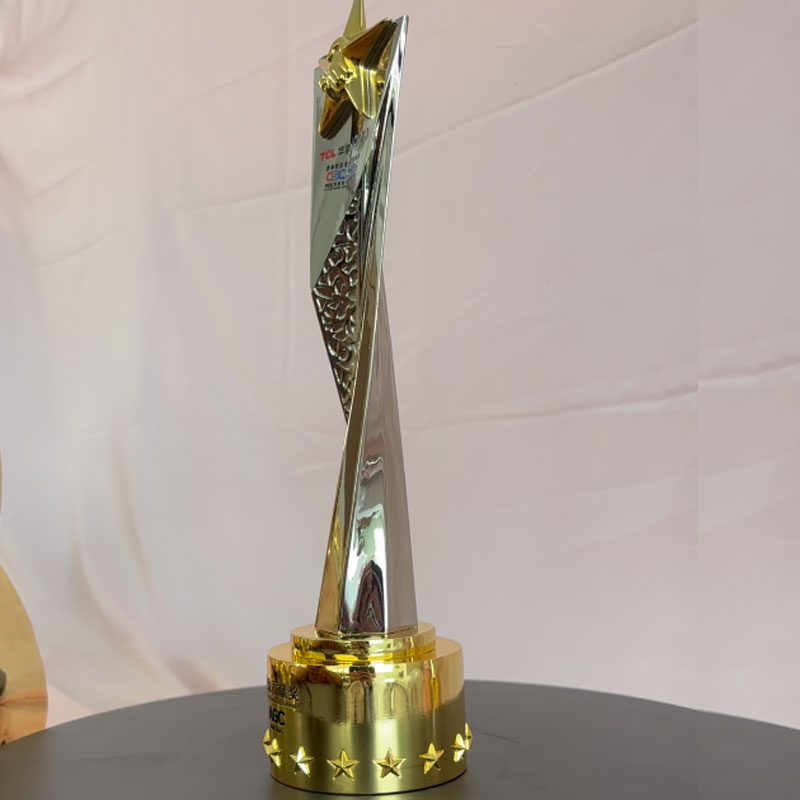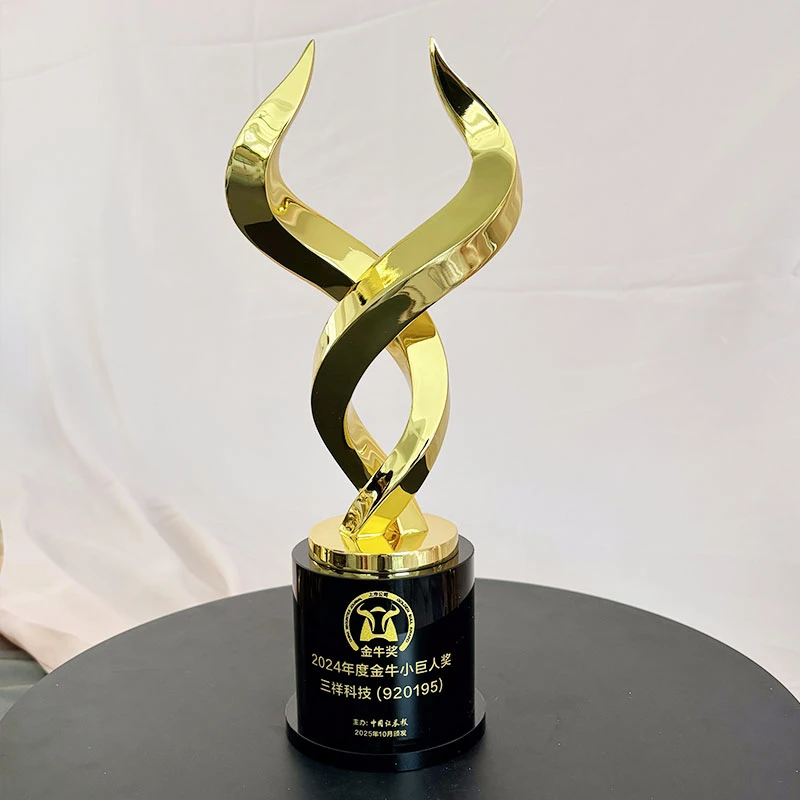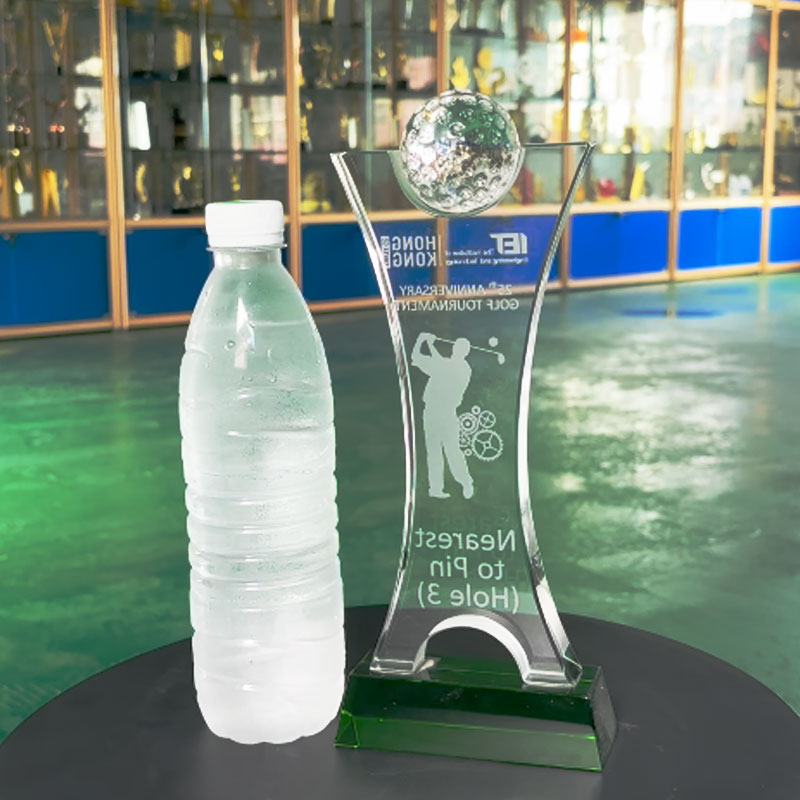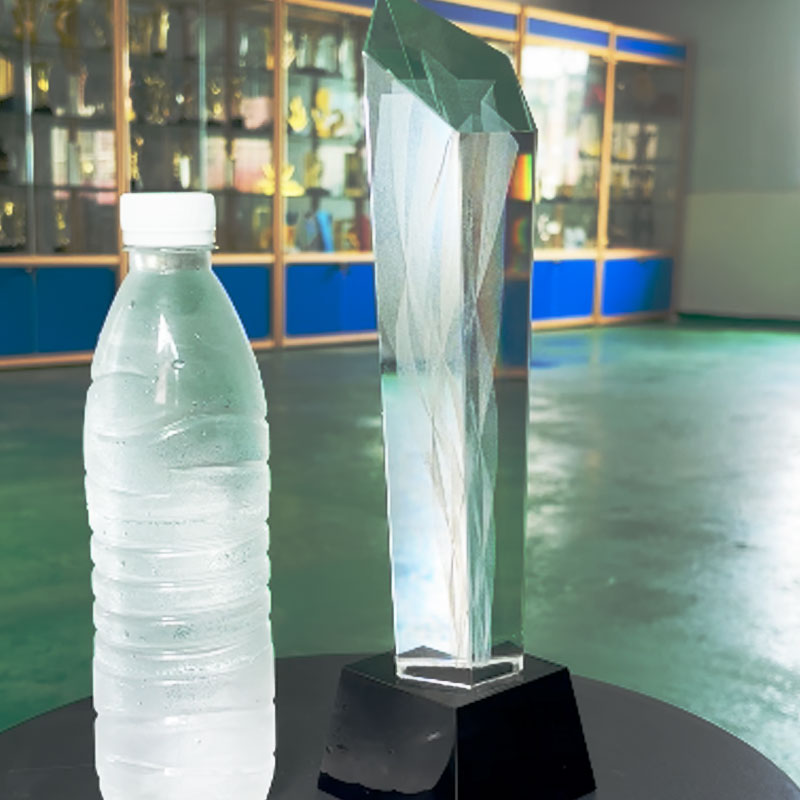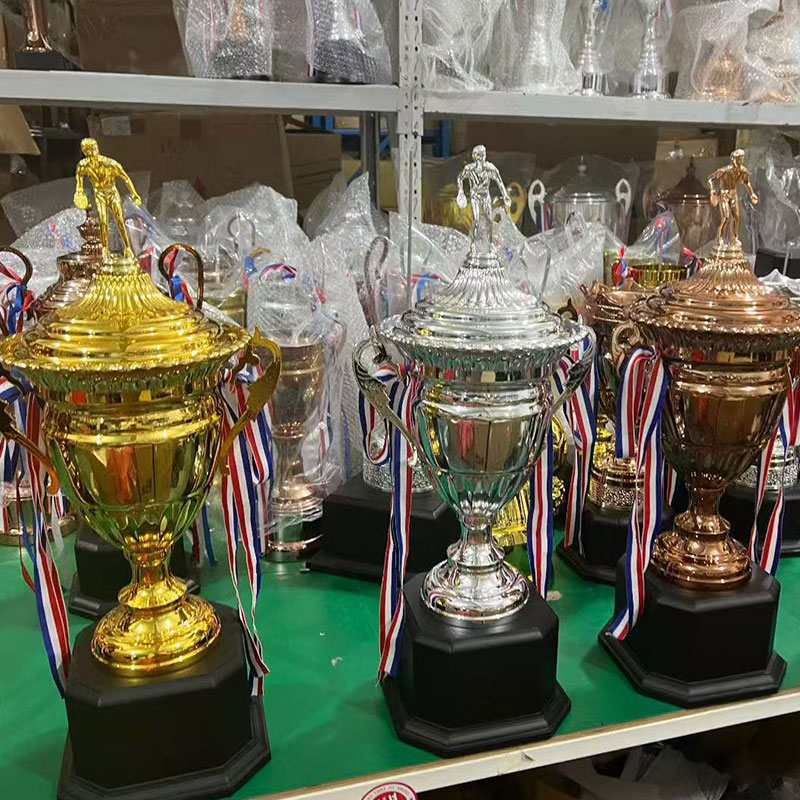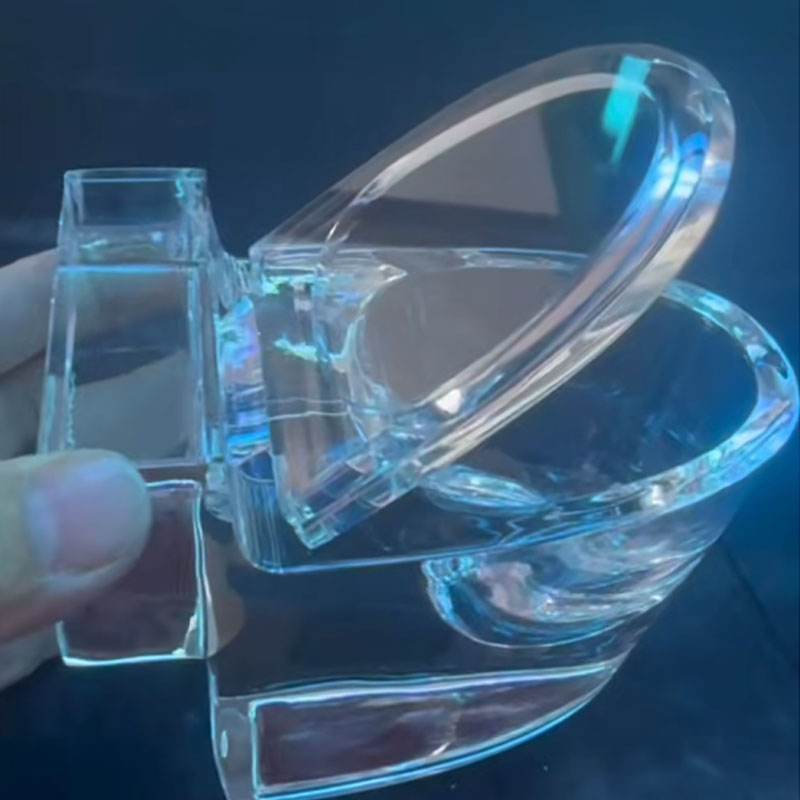Nutzung der KI für die kundenspezifische Figurenerstellung: Ein Leitfaden für Modellhersteller
Das Erstellen benutzerdefinierter Figuren ist ein aufregender Prozess, und künstliche Intelligenz macht es sowohl für Hersteller als auch für Kunden zugänglicher denn je zugänglich als je zuvor.
KI-betriebener benutzerdefinierter Figur Design: Eine Schritt-für-Schritt-Anleitung
Der Prozess der Erstellung einer benutzerdefinierten Figur von einem Konzept zu einem Endprodukt kann langwierig und teuer sein. Ai, Jedoch, ist ein Game-Changer geworden. Werkzeuge wie die Lmana Mit ähnlichen generativen KI -Plattformen können Sie erstellen realistisch, hochwertige Renderings Ihres gewünschten Produkts, bevor ein einzelnes Stück Material verwendet wird. Das hilft in Konzepte validieren, Kundengenehmigung erhalten, und sogar erzeugen Werbematerial Für Vorbestellungen.
Hier ist ein praktischer Workflow, mit dem Sie eine Werbefigur entwerfen können, Ähnlich wie im Bild, das Sie angegeben haben. Dieser Prozess kombiniert spezifische Anweisungen mit der Kraft eines KI -Modells, um Ihre Vision zum Leben zu erwecken.
Die Anweisungen, die ich verwendet habe:
Verwenden des Nano -Bananenmodells, A 1/7 Die Skala kommerzielle Figur des Charakters wurde in einer realen Umgebung in einem realistischen Stil gerendert. Die Figur wurde auf einem Computertisch mit einer runden transparenten Acrylbasis ohne Text platziert. Der Inhalt auf dem Computerbildschirm war der Pinselmodellierungsprozess. Die Figur wurde dann auf eine Spielzeugkiste im Bandai-Stil mit dem Originalmalerei gelegt.






Definieren Sie Ihr Modell: Beginnen Sie mit einer klaren und prägnanten Beschreibung der Figur. Geben Sie Details zur Charakter, ihre Stil (Z.B., realistisch, Anime, Karikatur), und ihre Skala. Zum Beispiel, “A 1/7 Skalieren Sie die kommerzielle Figur eines Fußballspieler -Charakters in einem realistischen Stil.”
Setzen Sie die Szene: Die Umgebung ist von entscheidender Bedeutung, um die Figur zu präsentieren und das Bild real zu fühlen. Beschreiben Sie die Einstellung und alle Requisiten. Sie können sehr spezifisch sein, wie “Auf einem Computertisch mit einer runden transparenten Acrylbasis ohne Text platziert.”
Geben Sie den Hintergrund an: Eine weitere Schicht Realismus hinzufügen, Sie können beschreiben, was im Hintergrund passiert. Zum Beispiel, “Der Inhalt auf dem Computerbildschirm war ein Pinselmodellierungsprozess.” Dies fügt dem Bild eine Erzählung hinzu und kann verwendet werden, um die Handwerkskunst hinter dem Produkt zu präsentieren.
Erstellen Sie die Verpackung: Eine gut gestaltete Box ist für ein kommerzielles Produkt unerlässlich. Verwenden Sie die KI, um ein Bild der Figur in ihrer Verpackung zu erzeugen. Sie können die angeben Stil der Box und der Originalkunst darauf gedruckt werden. “Die Figur wurde dann auf eine Spielzeugkiste im Bandai-Stil mit dem Originalmalerei gelegt.” Dies hilft Kunden, das komplette Produkt zu visualisieren.
Der KI -Vorteil für benutzerdefinierte Modellhersteller
Für Modellhersteller, KI hilft in mehreren Schlüsselbereichen:
Prototyping: Anstatt Zeit und Geld für physikalische Prototypen auszugeben, die möglicherweise abgelehnt werden könnten, Sie können zahlreiche KI-betriebene Grafiken für ein schnelles Client-Feedback generieren.
Marketing: Sie können atemberaubende Erzeugung erzeugen, Professionelle Bilder für Ihre Website und Ihre sozialen Medien, bevor das Produkt sogar in der Produktion ist.
Kundenbindung: Kunden können diese Tools verwenden, um ihre eigenen Ideen anzupassen, Stellen Sie Ihnen eine klarere Vision ihrer Bedürfnisse zur Verfügung. Dies rationalisiert die Anpassungsprozess und führt zu einer höheren Kundenzufriedenheit.
Durch Nutzung von AI, der Prozess von Modell- und Figurenanpassung ist nicht mehr allein auf die körperliche Kunst beschränkt. Es ist jetzt eine gemeinsame Anstrengung zwischen menschlicher Kreativität und technologischer Kraft, was zu schneller ist, effizienter, und innovativere Produktentwicklung.
“Bereit, Ihre KI -Designs zum Leben zu erwecken? Kontakt MC ART AWARDS Für professionelle Anleitung, um Ihre Vision in die Realität umzuwandeln.”



